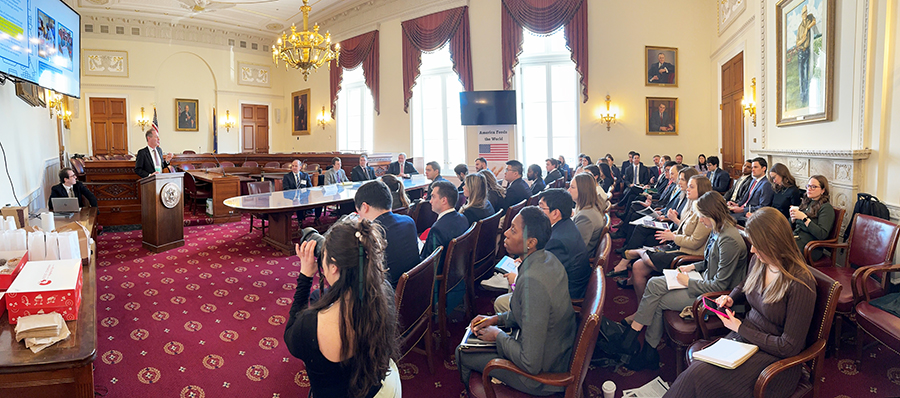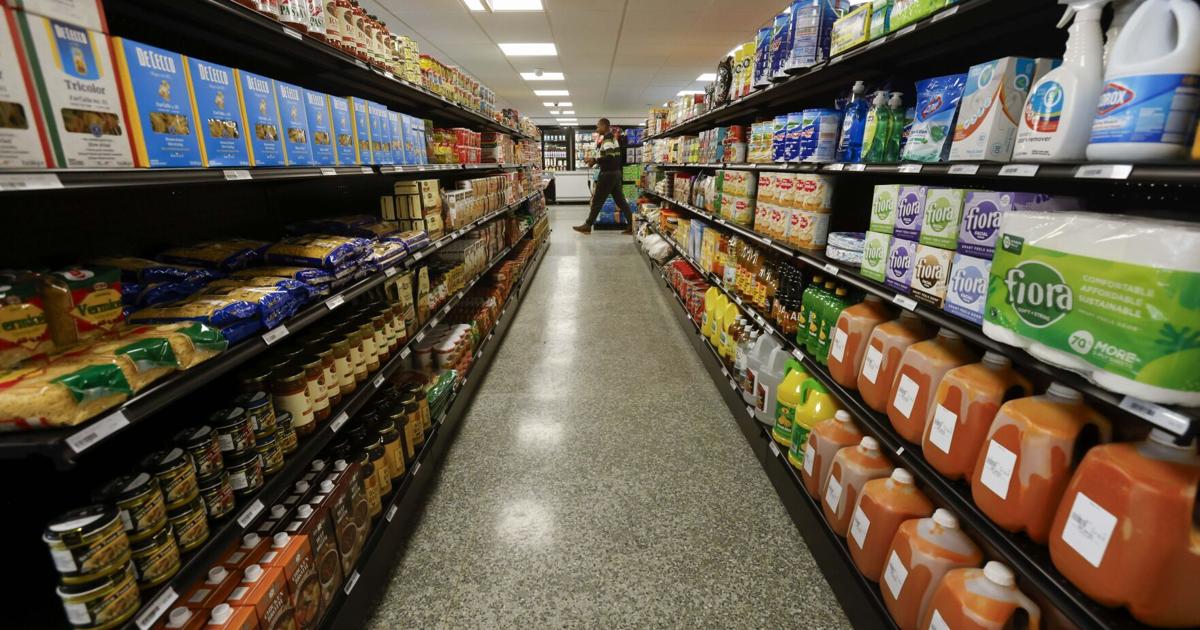
By Dr. Gyan Pathak
AVAILABILITY of healthy food to an individual has many dimensions, and the chief among those is its affordability. It is more shocking than the shocks from COVID-19 pandemic to know that three billion people, i.e. about 40 per cent of the population of the world, cannot simply afford healthy food, while one billion more would meet the same fate if unpredictable events reduce their incomes by one-third. Moreover, a disruption to critical transport links could push food prices up for some 845 million people. And if fragility of agri-food systems continues, it could affect even larger number of people. It is unacceptable in a world that produced enough food to feed its entire population.
The new report “The State of Food and Agriculture 2021: Making Agri-food Systems More Resilient to Shocks and Stresses” released by Food and Agriculture Organization (FAO) of the United Nations contains this shocking revelation. To deal with the situation it proposes urgent reform to the ‘agri-food systems’ of the world consisting the web of activities involved in the production of food and non-food agricultural products and their storage, processing, transportation, disruption, and consumption. The report includes country-level indicators in over one hundred member states, by analyzing factors such as
transport networks, trade flows, and the availability of healthy and varied diets.
The agri-food systems produce about 11 billion tonnes of food yearly and employ 4 billions people directly and indirectly, and hence the UN agency has underscored the urgency of strengthening their capacity to endure shocks, including extreme weather events and surges in plant and animal diseases and pests. The COVID-19 pandemic has just highlighted both the resilience and the weaknesses of our agri-food systems. While food production and supply chains have historically been vulnerable to climate extremes, armed conflicts or increases in the global food prices, the frequency and severity of these shocks are on the rise, the report said.
The findings of the report are all the more noteworthy because even before the pandemic, the world was not on track to end global hunger and malnutrition in all its forms i.e. Zero Hunger by 2030, but the pandemic has sent us even further off track. This year’s State of Food Security and Nutrition in the World has estimated between 720 and 811 million people affected by hunger in 2020, up to 161 million more than in 2019 largely due to COVID-19 crisis. Tragically, women and children have often borne the brunt of the crisis. According to the Sustainable Development Goals Report 2020, the disruption of health services and access to adequate food has added to the toll of under-five and maternal deaths. The UN’s Policy Brief: The Impact of COVID-19 on Food Security and Nutrition suggests that 370 million children have been denied school meals owing to school closures. No doubt, the impact of the shock on food security and nutrition will be felt for many years to come.
An international consensus has grown around the idea of transforming agri-food systems, and only recently in September 2021, the first ever United Nations Food Systems Summit has agreed on innovative solutions and strategies. It is in this backdrop the present report of the FAO has provided guidance on actions on sufficient, safe and healthy food to all in the face of disruptions.
The report finds that diverse, redundant, and well-connected agri-food supply chains are needed to increase resilience, as they provide multiple pathways for producing, sourcing, and distributing food. The vulnerability of small and medium agri-food enterprises (SMAEs) is critical, as well as the fact that the resilience capacity of rural households – especially those involved in small-scale agricultural production – is increasingly put to test in the face of adverse climatic events and depletion of natural resources.
Diversity may be a guiding principle for Governments which includes input sources, production mixes, output markets, and supply chains, because diversity creates multiple pathways for absorbing shocks. Connectivity multiplies benefits: well-connected agri-food networks overcome disruption faster by shifting sources of supply and channels for transport, marketing, inputs, and labour, the report argued.
FAO has suggested that Governments should encourage better coordination and organization of SMAEs within agri-food supply chains. Similarly, small-scale food producers can stay competitive and resilient by integrating into supply chains through producer associations and cooperatives, and by adopting resource-conserving practices. Social protection programmes may be needed to improve resilience of rural households in the event of shocks. Policies should also address issues beyond agri-food systems, including the need for better health and education services, gender equality and women’s participation, and must recognize agri-food’s role as a steward of the natural environment. Affordability of a healthy diet for all households, particularly the poorest and the most vulnerable must be dealt with urgently by Governments across the world, because ensuring economic access to sufficient food for a healthy diet at all times is a key dimension of agri-food system’s resilience, FAO said. Policies and investments that reduce poverty, generate decent employment and expand access to education and basic services, as well as social protection programmes when needed, are essential building blocks of resilience. (IPA)











